 EN
EN
 PT
PT
Effective strategies for teachers – Le Guide Erickson
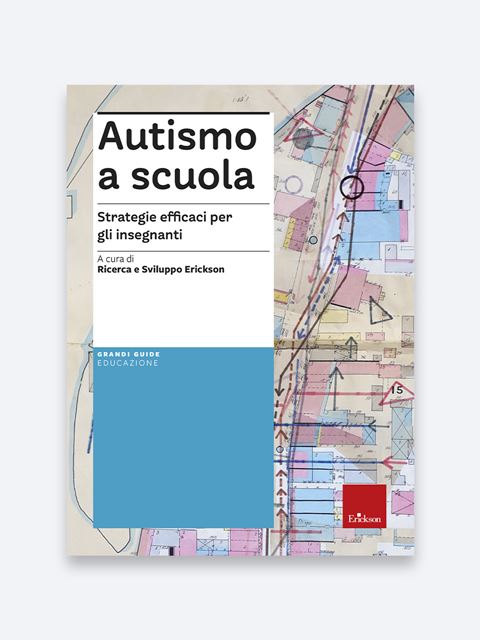
Product: Book
Trim size in cm: 20x27cm
Pages: 384
ISBN: 9788859025061
Publication date: 01/01/2021
Suitable for: Nursery 1st Level (ages 3-4), Nursery 2nd Level (ages 4-5), Primary 1st level (ages 6-7), Primary 2nd level (ages 8-10), Lower secondary 1st level (ages 10-11), Lower secondary 2nd level (ages 12-13), Upper secondary 1st level (ages 14-16), Upper secondary 2nd level (ages 17-19)
REQUEST A SAMPLE OR MORE INFORMATION
 Rights sold to:
Brazil
Rights sold to:
Brazil
This guide aimed at teachers provides a complete picture of autism spectrum disorders to set up a timely and functional psychoeducational and didactic intervention. The new updated and enriched edition explores topics such as female autism, etiology, genetics and epigenetics.
The result of the work of leading Italian experts in the field, Autism at School presents the updates of the guidelines of the Higher Institute of Health and guidance on the diagnostic framework of the DSM-5, the characteristics of autism spectrum disorders, the relapses in the educational and non-educational field, strategies for dealing with problem behaviors and tools for psychoeducational evaluation and intervention.
A programme in 4 stages
1. Knowing, observing and evaluating;
2. Planning and putting into action;
3. Reflecting on and understanding;
4. Joining forces and sharing.
The graphic representations
At the beginning of each chapter, graphic representations are proposed that guide the reader in the reasoned consultation of the materials offered:
Additional resources online
The volume’s offer is enriched with new materials, accessible through the resourceonline.erickson.it site.
Online resources include basic legislation, treatment guidelines of autism spectrum disorders in children and adolescents, in-depth articles, video interviews and useful links on autism.
SECTION I – KNOWING, OBSERVING AND EVALUATING
CHAPTER 1
Autism: an introductory picture. Definition of the disorder, etiology, neurobiological basis and epidemiology
CHAPTER 2
Interpretive models of autistic functioning
CHAPTER 3
Diagnostic criteria, evaluation tools and screening programs
SECTION II – PLANNING AND PUTTING INTO ACTION
CHAPTER 4
Psychoeducational and habilitation / rehabilitation programs, strategies and approaches
CHAPTER 5
Recommendations, planning and implementation of interventions in the school
CHAPTER 6
Proposals for psychoeducational and didactic intervention in the school context
SECTION III – REFLECTING ON AND UNDERSTANDING
CHAPTER 7
Autism and adult life: Life plans, sexuality and testimonies
CHAPTER 8
Asperger's Syndrome, High Functioning and Talented Autism
SECTION IV – JOINING FORCES AND SHARING
CHAPTER 9
Autism and development of personal autonomy
CHAPTER 10
The role of the family and associations: The construction of alliances

«Erickson Guides», the outcome of the work of the greatest Italian experts in these fields, represent the most complete tools for intervention in schools. They not only provide an exhaustive framework of thecharacteristics peculiar to the various disorders and their consequences at school, but also strategies to deal with them, assessment tools and didactic intervention.
EACH GUIDE OFFERS A PROGRAMME IN 4 STAGES

KNOWING, OBSERVING, EVALUATING Clear and exhaustive definition of the disorder, diagnostic criteria, integration of children in class, the evaluation process

PLANNING AND PUTTING INTO ACTION Strategies and practical interventions to be enacted at school to deal effectively with teaching and educational special needs

REFLECTING ON AND UNDERSTANDING Consequences in the spheres of emotions, relationships, self-esteem and self-perception

JOINING FORCES AND SHARING Strategies to act synergically and involve school and family to improve the child’s wellbeing
IN EACH CHAPTER YOU CAN FIND...
a sequential time line which illustrates in which phase the practical indications given in the chapter are placed

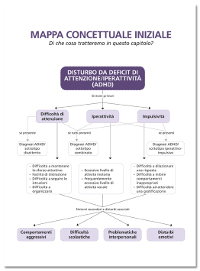
a conceptual map that illustrates the main contents and how they are related
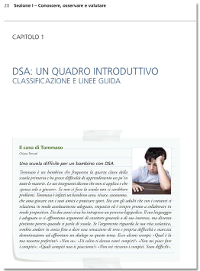
presentation of case examples, through short descriptions, portraying children in their daily typical situations
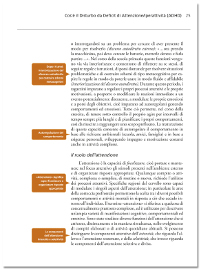
questions and key points alongside each paragraph to tell the reader what it is talked about
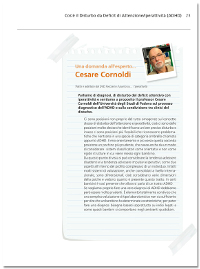
interviews with experts on the most debated and current aspects of the disturbs
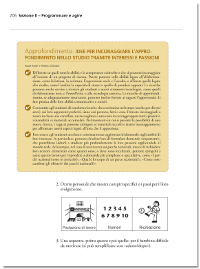
in-depths explanations of meaningful concepts and terms
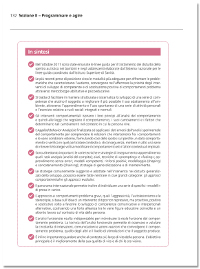
final summary box of the main contents dealt with in the chapter